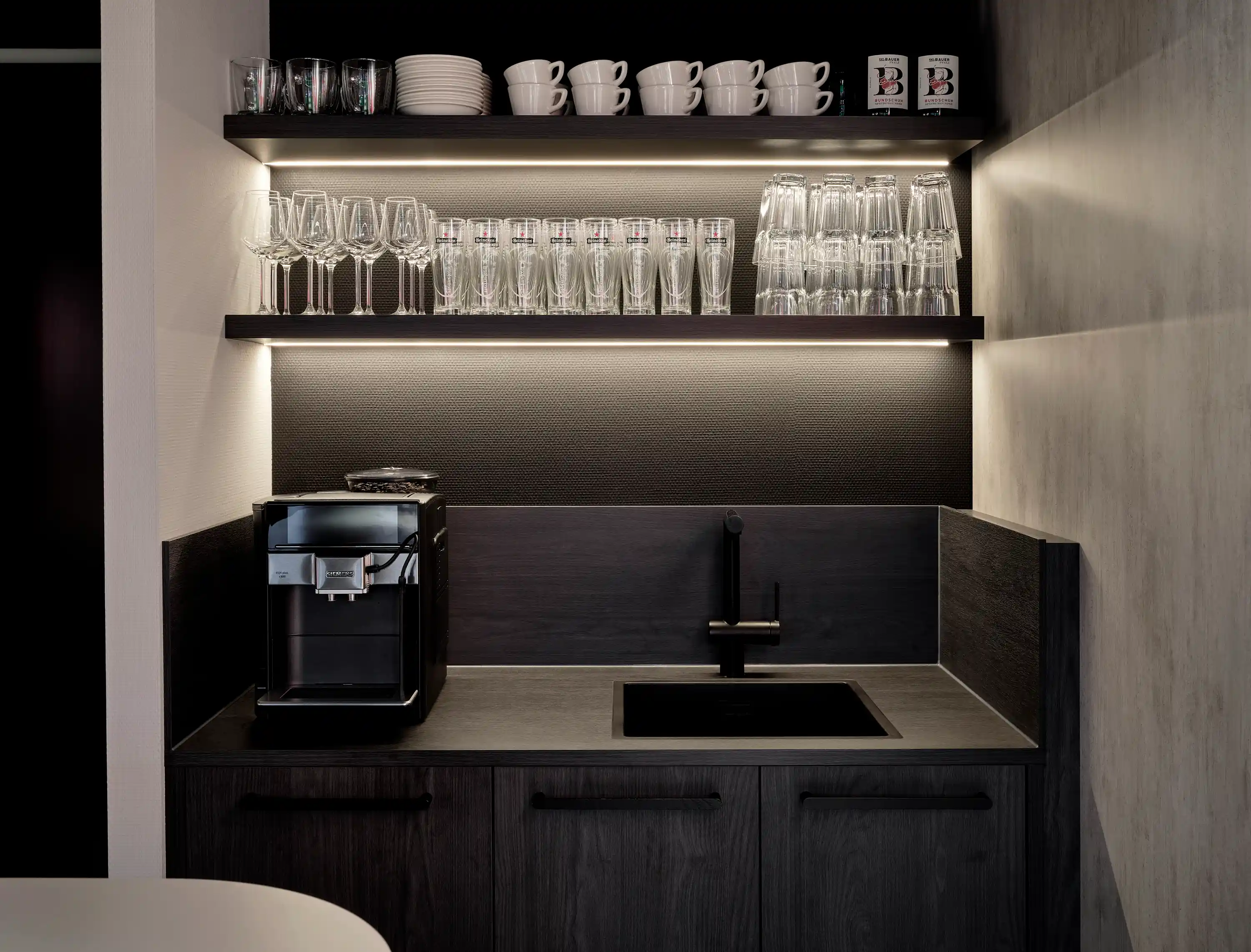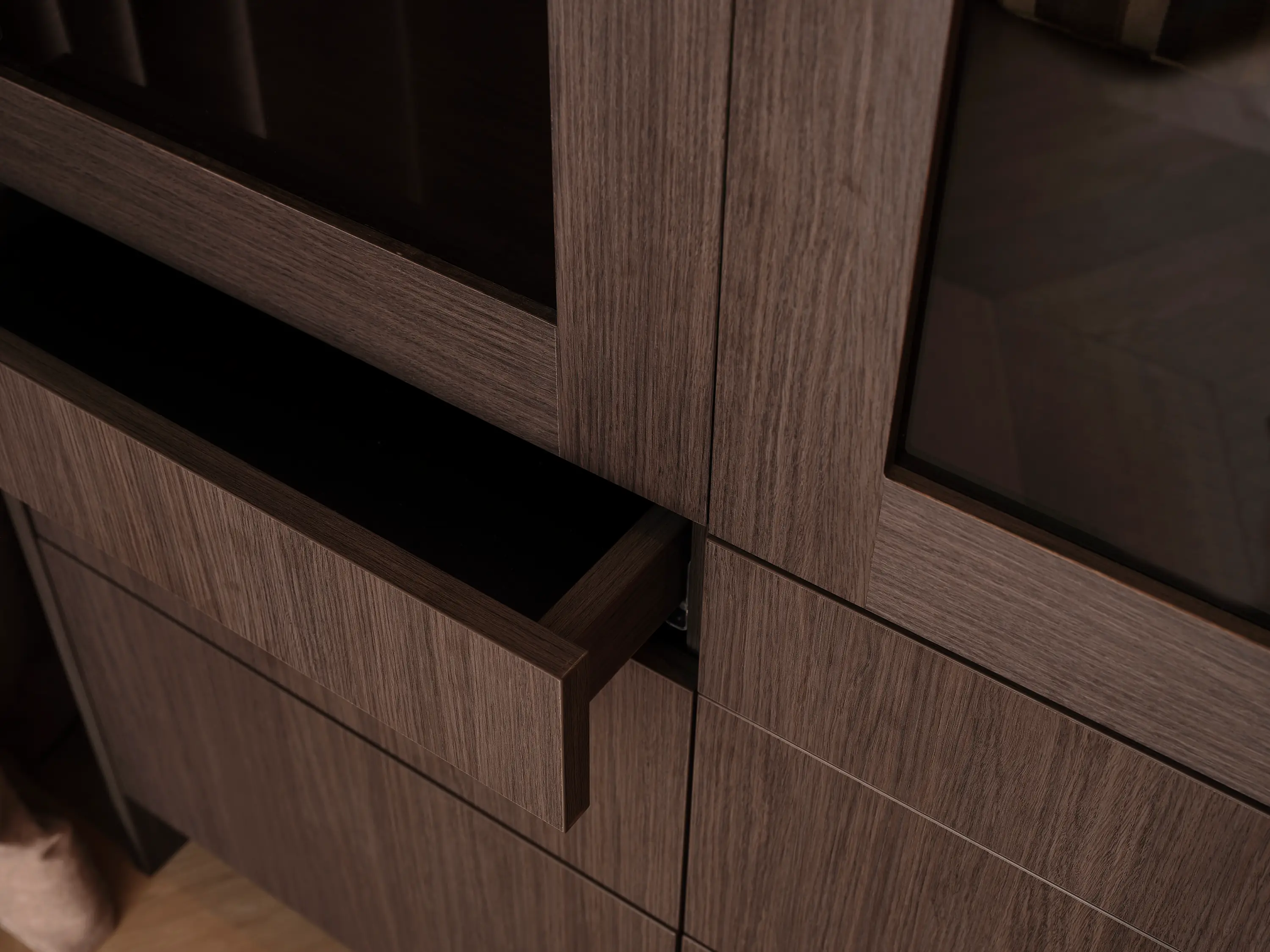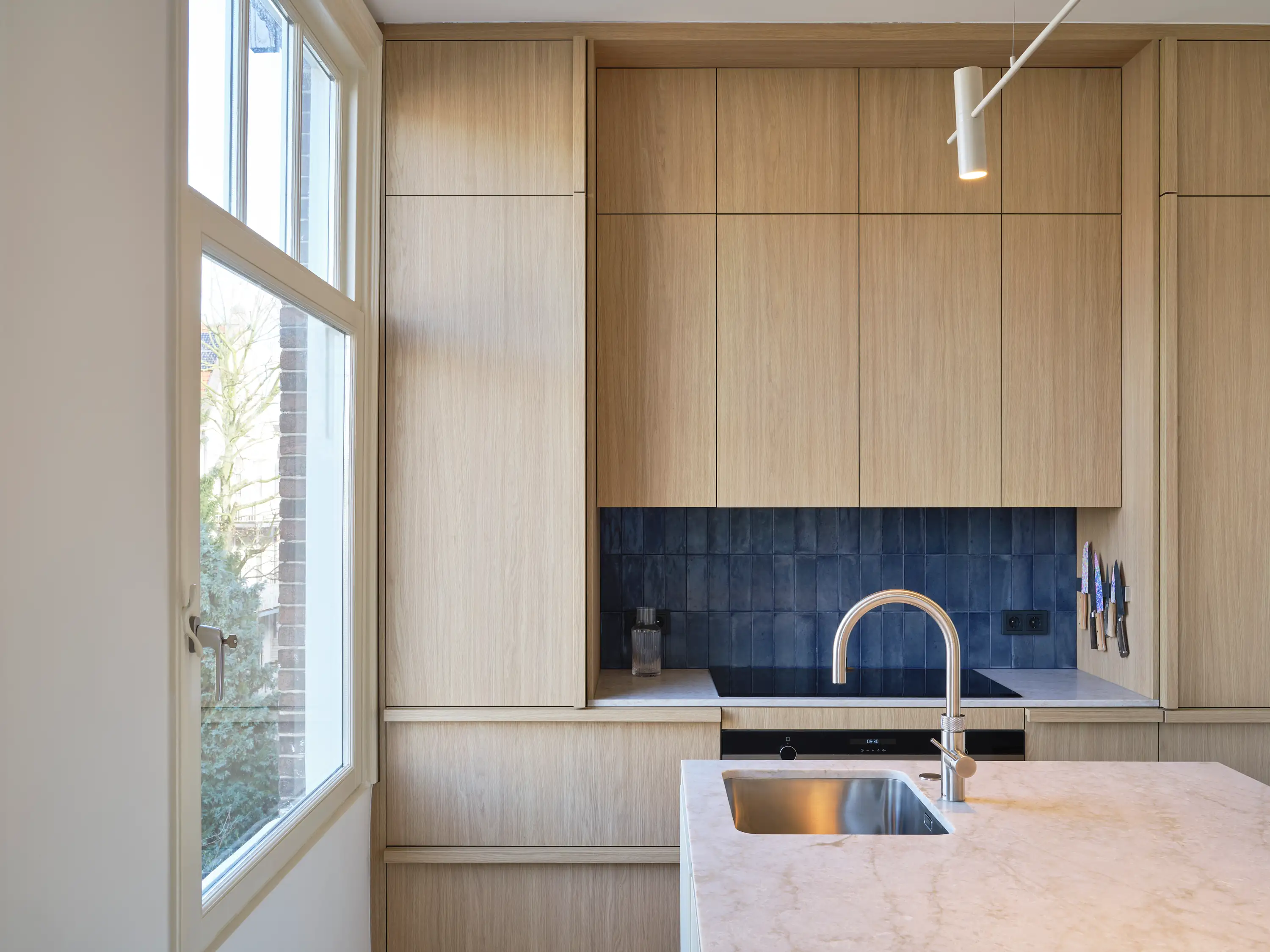How to Optimise SketchUp Files for Faster Quoting
.jpeg)
Understand the challenge
Loading SketchUp models or experiencing lags during the quoting process can take up much of your time. Luckily, we will discuss practical tips and techniques to streamline your SketchUp workflow. This knowledge will help you create more efficient models, speeding up project delivery. Video tutorials are included for visual learners to follow along!
Why optimisation is important
Let’s first dive deeper into why optimization matters. By understanding the root of the problem, you can find solutions to speed up the quotation process. Large files can significantly slow down the process due to their inefficiency, making it difficult to navigate and create or adjust models during the quoting process. By optimizing SketchUp files, you can reduce the burden of large files, improve performance, and save time and frustration.
Video Tutorials
We've created a series of video tutorials to visually guide you through the optimization techniques discussed in this post. These videos provide step-by-step instructions to help you implement the tips effectively and see immediate improvements in your SketchUp workflow.
English Version:
Dutch Version:
Tips and techniques
Optimizing SketchUp files involves several key strategies. Here are some practical tips and techniques to help you get started:
- Model Simplification: It is important to keep models at a minimal level. Complex models can be simplified by eliminating unnecessary details and redundant geometry. This can be achieved using SketchUp tools such as the Simplify Contours plugin or the Cleanup extension without affecting visual quality.
- Component Organization: Organizing your model efficiently with components and groups improves clarity and reduces file size. For decreased memory usage, create components for repeating elements and use instances whenever possible.
- Texture Optimization: Large files can increase the size of your SketchUp file. By optimizing textures and resizing them with image editing software, you can ensure they are proportioned correctly for your model. Employing texture compression tools or SketchUp's built-in texture tools can also help optimize texture usage.
- Modeling Best Practices: Modeling techniques involve utilizing minimal geometry, eliminating excessive detail, and organizing your model from the start. By following these guidelines, you can create cleaner, more efficient SketchUp files optimized for faster quoting.
- Optimise your settings: Deselecting some of the settings makes it easier to navigate and optimize the SketchUp files. This can be done by turning the following options off for a smooth process:
- Turn off shadows
- Disable depth of field
- Reduce the rendering quality
- Turn off fog and sun effects
- Turn off anti-aliasing
Conclusion
Optimizing your SketchUp files for quicker quotations doesn't have to be difficult. By following these tips and techniques, you can build lighter, more efficient models that boost productivity and streamline your workflow. Start optimizing your SketchUp process today and see the results for yourself!
Upload your design file and get a quote
within days
Quality production with trusted production network.



%20(1).webp)

.webp)







.webp)

%20(1).jpg)
